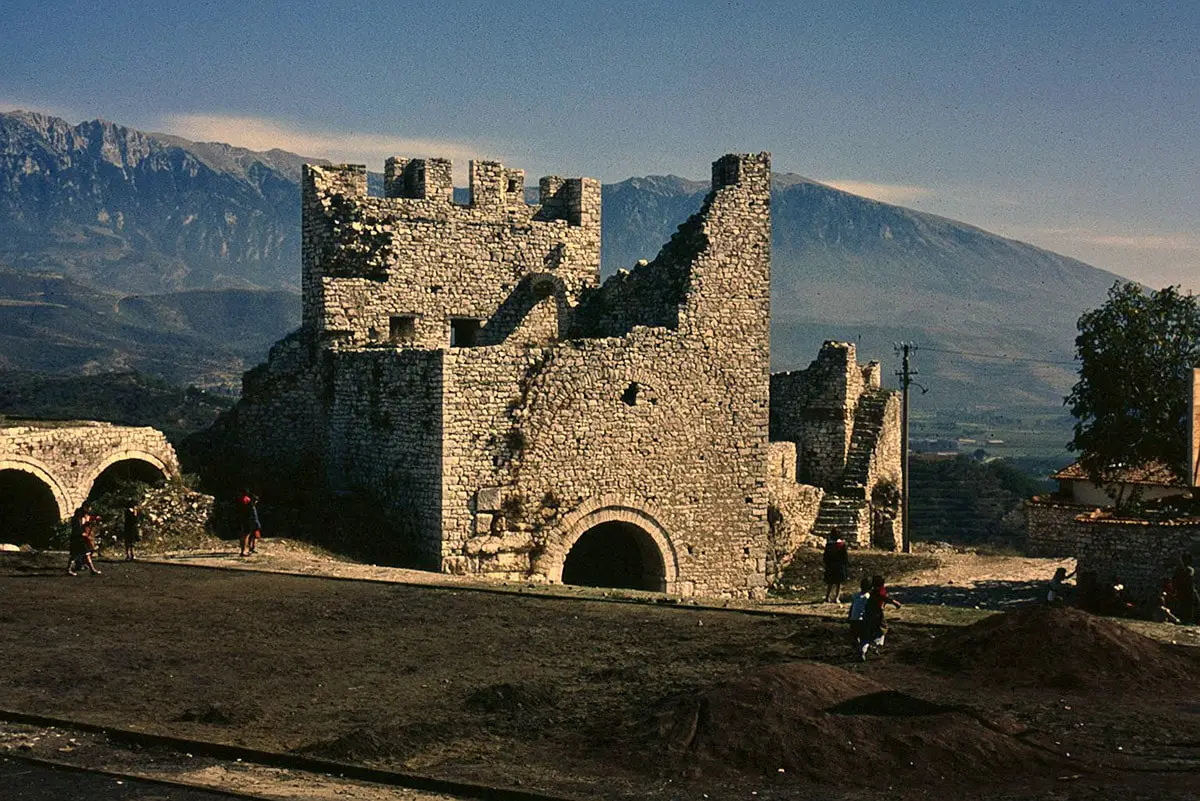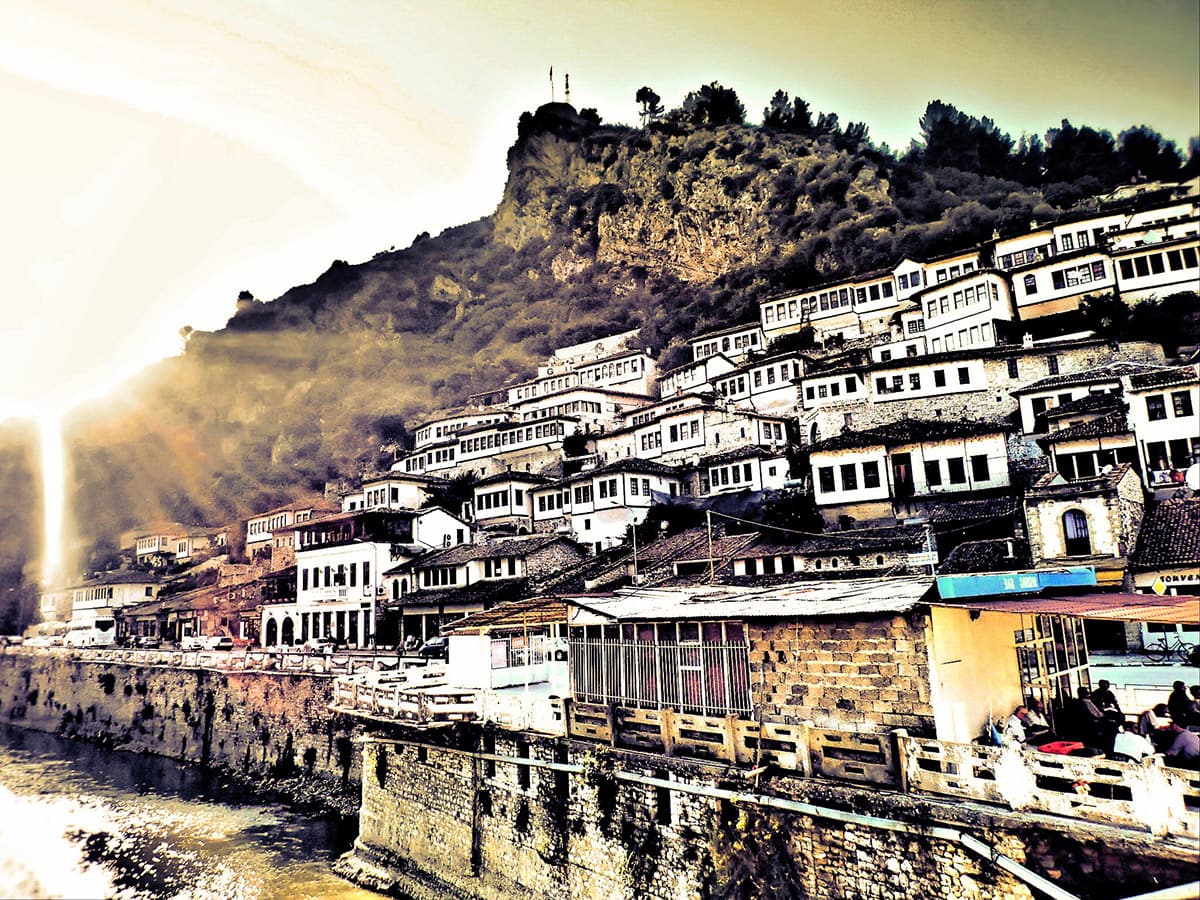Wondermondo 🢖 World 🢖 Wonders of Europe 🢖 Wonders of Albania
Territory
Wonders of Albania
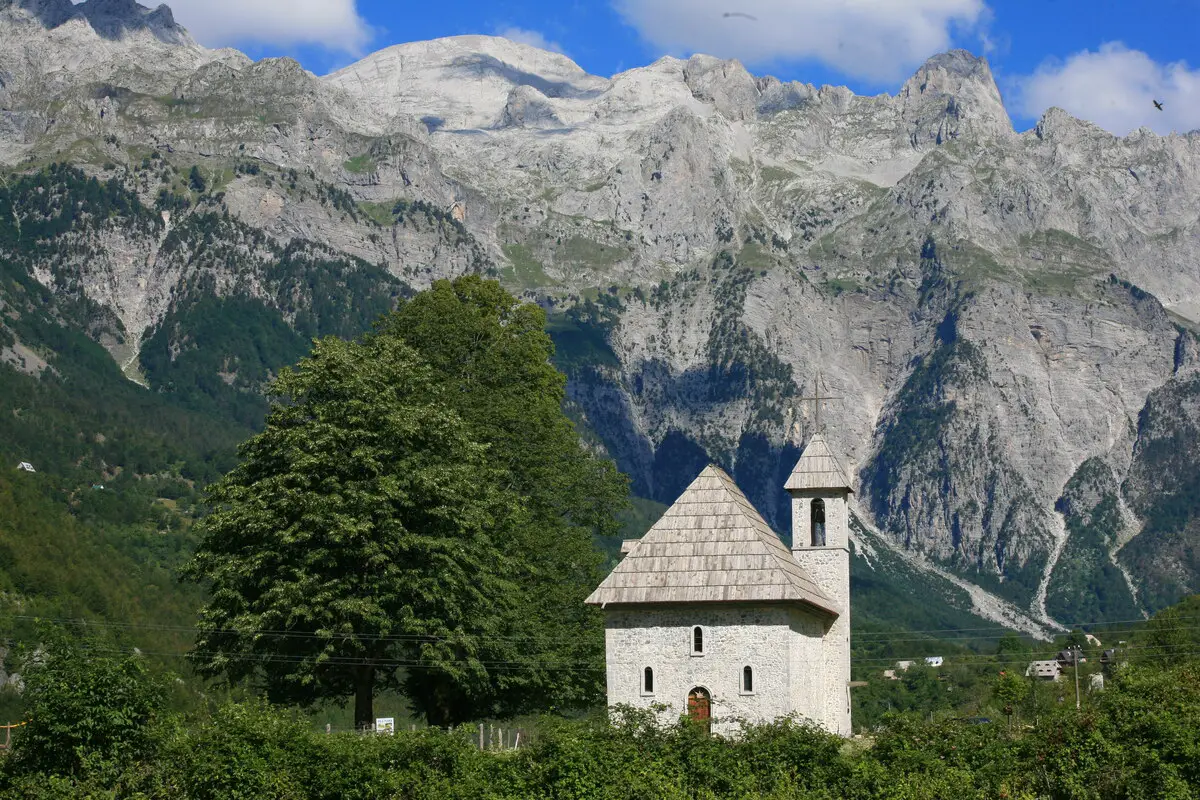
 Highlights
Highlights
Albania is breathtakingly beautiful… and too little known although it is next to such giants in the world of tourism as Italy and Greece. There are some Albanian landmarks that are known better, e.g. ruins in Butrint and the Old City of Gjirokastër but it seems – there is a lot more in Albania that tourist guidebooks and the Internet tell us.
The most amazing wonders of Albania are:
- Castles and fortifications. Stone fortifications in this country were built by everyone: Illyrians, Greeks, Romans, Venetians, Osmans, Communists, and others. Some of these castles have recorded the tumultuous history of this country, such as Berat Castle and Krujë Castle.
- Ancient Illyrian – Greek towns. In the times of Ancient Greece and Rome there existed several splendid towns – Apollonia, Buthrotum (Butrint), and some more. The ruins of these cities provide insight into the life of ancient people.
Map with the described wonders of Albania
If you see this after your page is loaded completely, leafletJS files are missing.
 Top 25 wonders of Albania
Top 25 wonders of Albania
Geological wonders of Albania
Syri i Kaltër
Vlorë
The most powerful spring in the country, it is a dark blue natural pool that discharges 6,000 l/s from more than 50 meters down.
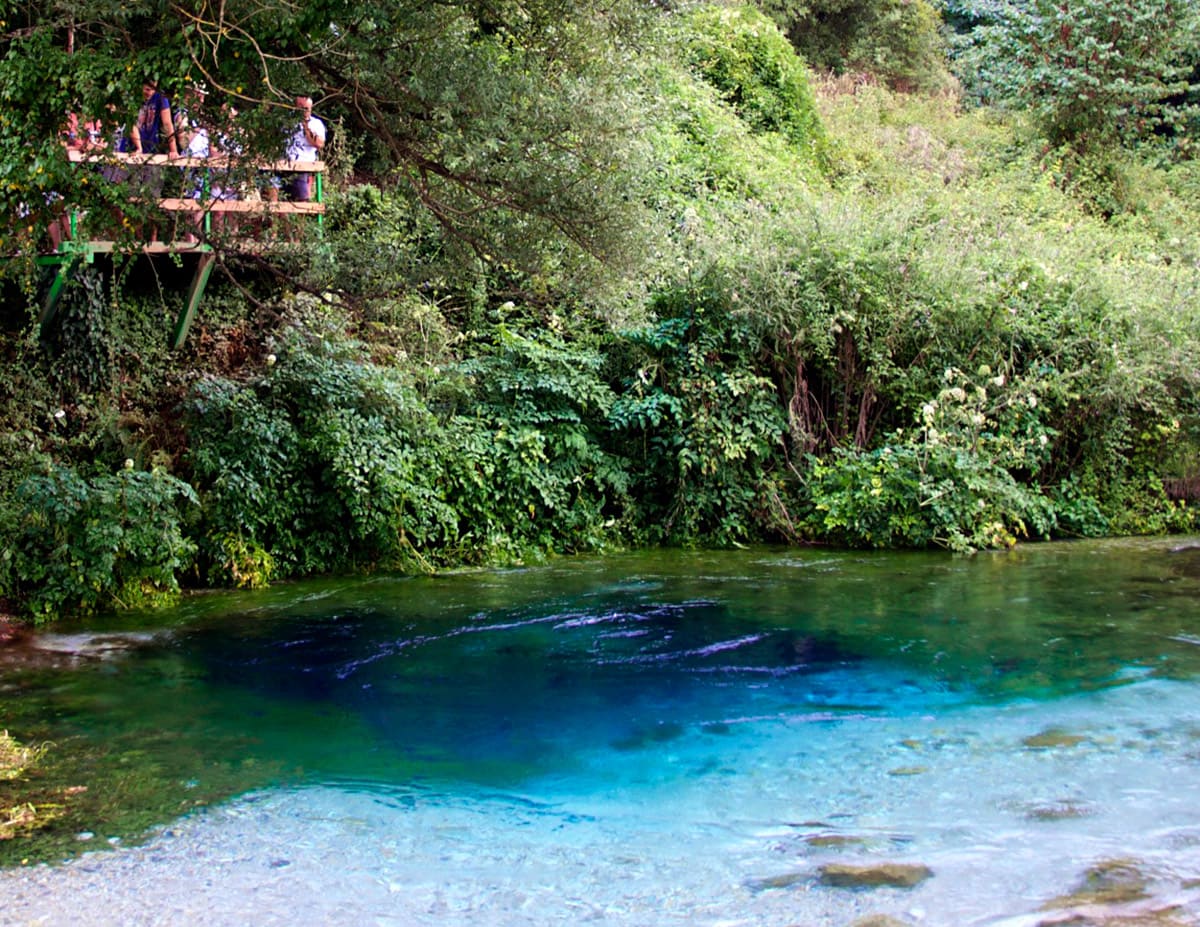
Osum Gorge
Berat
Spectacular, 26 km long river canyon that becomes especially impressive in the spring when numerous waterfalls thunder down in it.
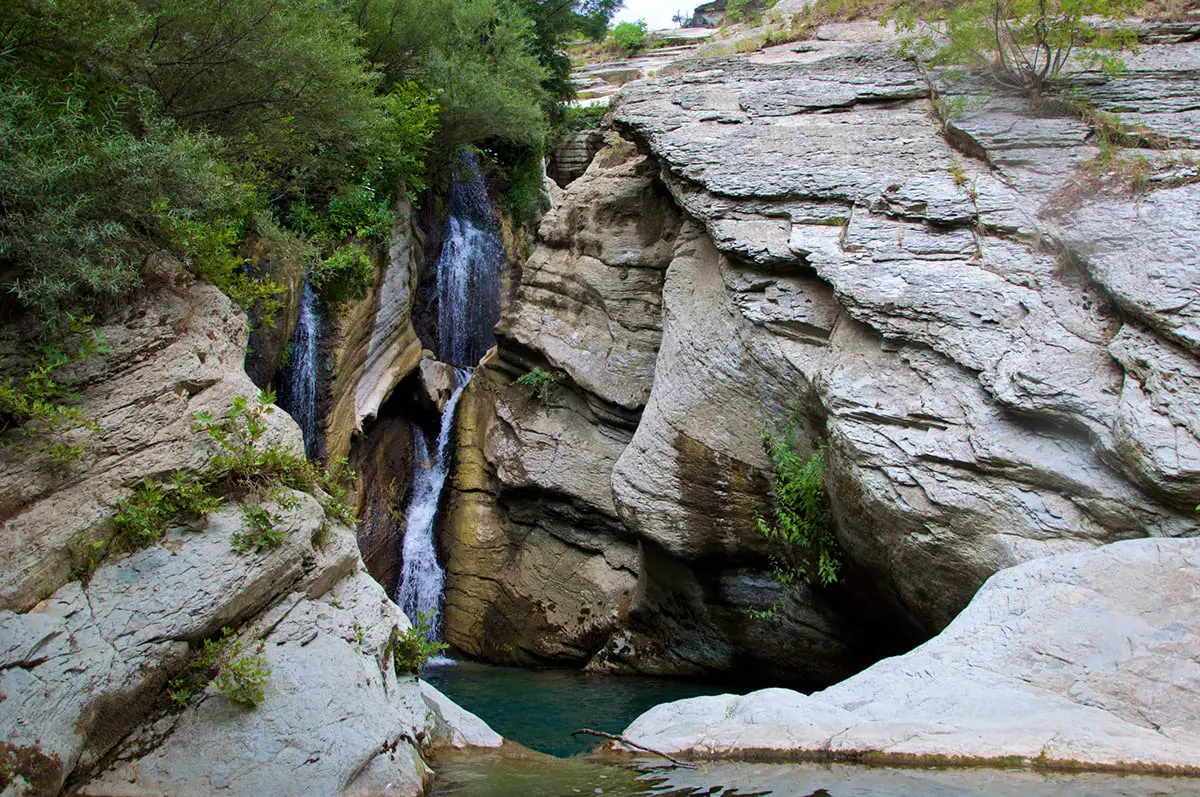
Lëngarica Canyon (Lengarica Canyon)
Gjirokastër
More than 3 km long, very narrow gorge, up to 100 m deep. In some places, it is just 3 m wide. Here are some caves, in one have been found remnants of a settlement from the Chalcolithic Age.
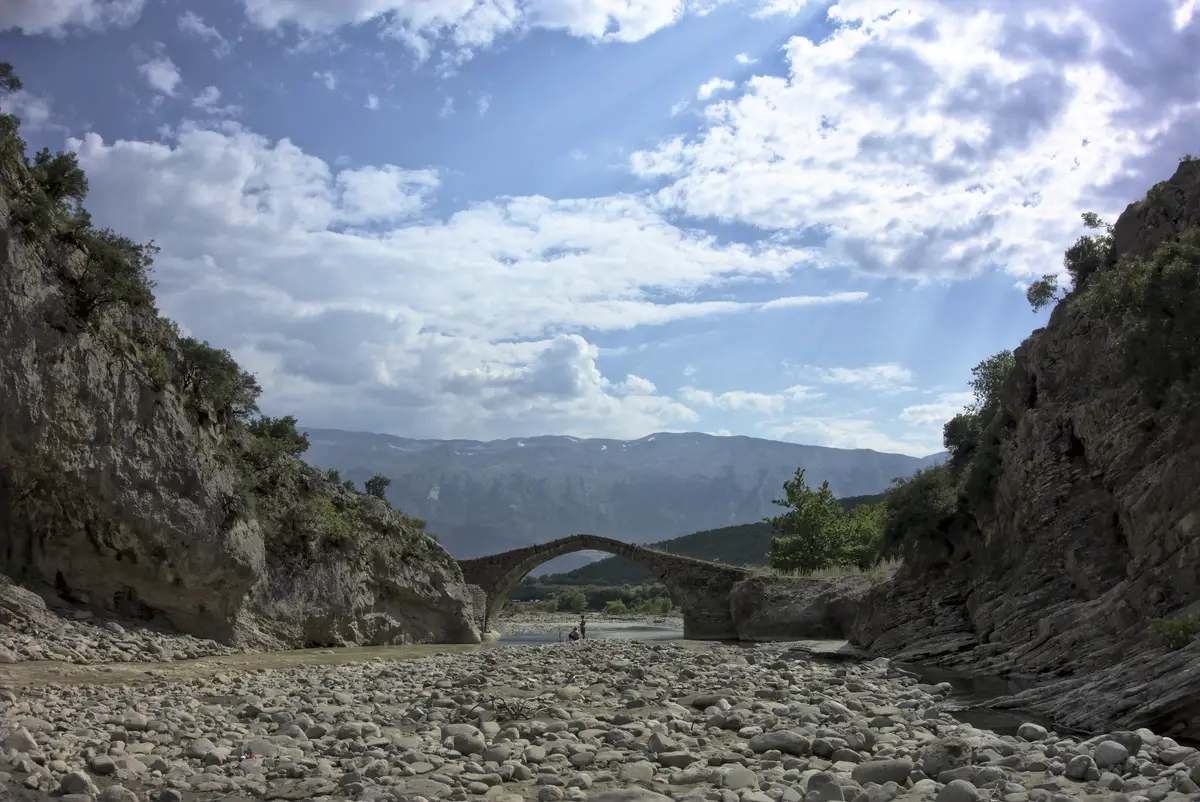
Maja Arapit Cave (Maja Harapit Cave)
Berat
The longest known cave in Albania, 2 643 m long and 365 m deep (2011).
Syri i Sheganit
Shkodër
Enormous spring near Lake Ohrid. Spring emanates from a 12 m wide lake that has been explored to a depth of 86 m.
Biological wonders
Lake Ohrid
Korçë
The deepest lake in the Balkans with unique fauna and flora – many species of fish, mollusks, and other organisms are found only in this lake. Most likely the life in this lake has developed for millions of years with limited contact with other aquatic ecosystems.
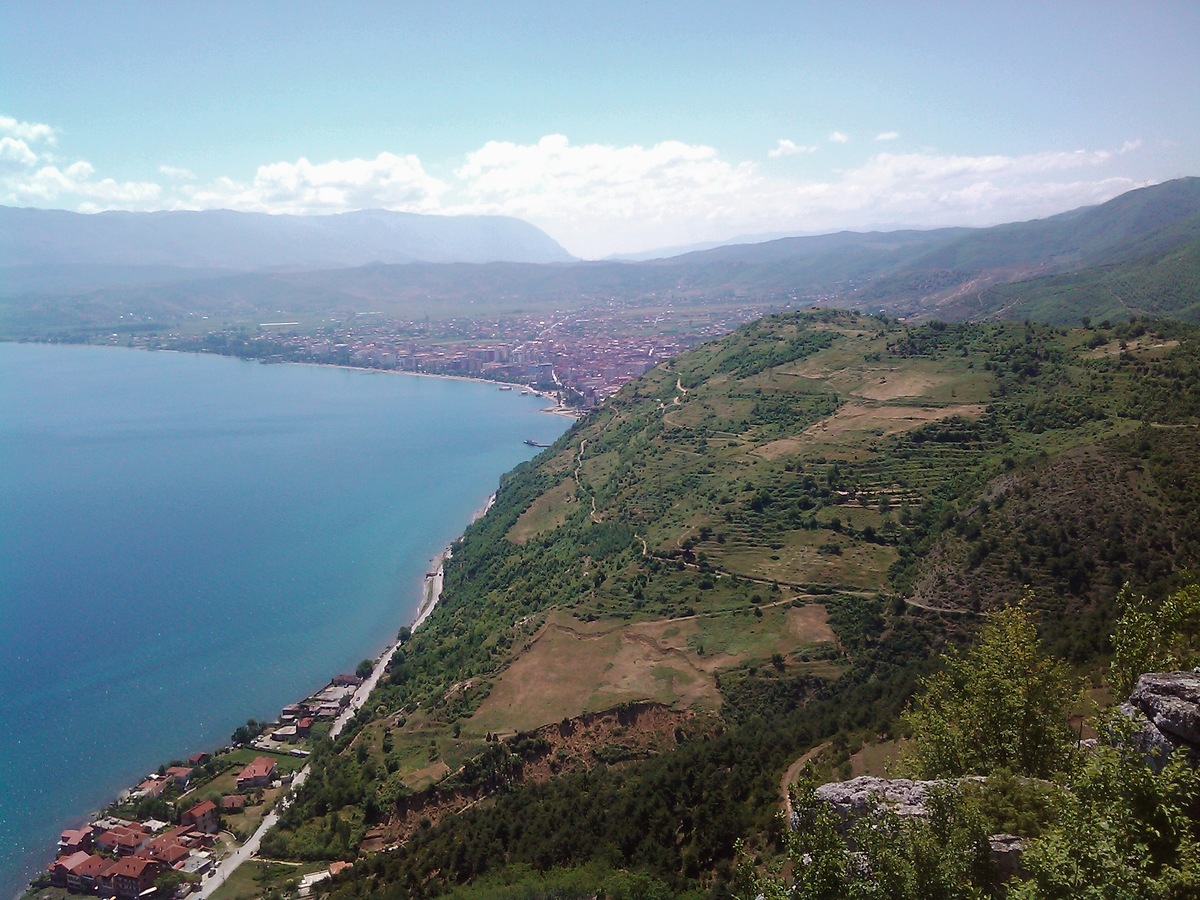
Archaeological wonders
Durrës Amphitheater
Durrës
Large and well-preserved Roman amphitheater, built in the 2nd century AD. This large structure has been only partly unearthed. It had a capacity of 20,000 people. Here was built an early Christian chapel with some parts of mosaics still remaining.
Apollonia (Albania)
Fier
Remains of an ancient Greek city that was founded in 588 BC by Greeks in Illyrian land. The city flourished in Roman times and was an important center of knowledge. Declined in the 3rd century AD after an earthquake. Near the city are remains of a temple from the late sixth century, the city contains also Odeon Theater.
Buthrotum (Butrint)
Vlorë
Ruins of an ancient Greek and Roman city that was inhabited in the time period between the 10th century BC and 13th century AD. The site includes well preserved Roman Theater, large early Christian baptistery and basilica, remnants of city walls, and many other structures.
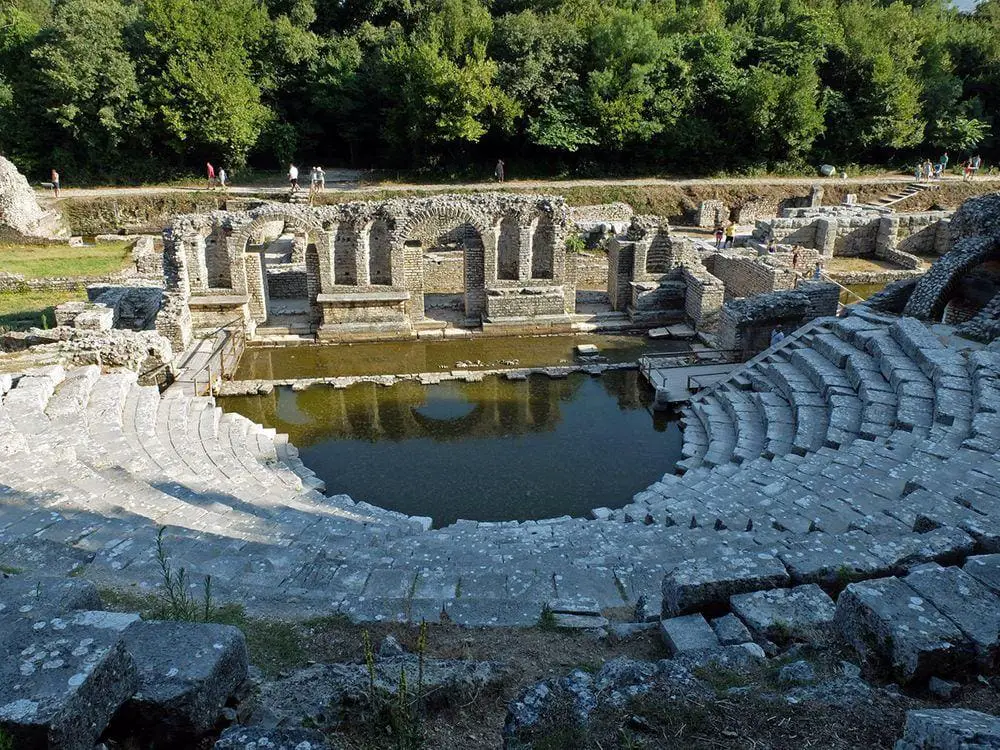
Byllis
Fier
Ancient Illyrian and Greek city, first mentioned in the middle of the 4th century BC. Here are found remnants of Greek theater (7,500 places) and stadium, later here were built at least five basilicas. The city had 2,200 m long and 8 – 9 m high walls.
Royal Tombs of Selca e Poshtme
Korçë
Former residence of Illyrian kings and their necropolis that was developed during the Iron Age in the 4th – 3rd century BC. The five main tombs have been carved in the rock, several are adorned with Ionic orders and other carvings are made in live stone.
Konispol Cave
Vlorë
Some 50 m long karst cave, site of important archaeological finds. Archaeologists found here nine layers of human habitation from 6400 BC, Mesolithic, and Neolithic Ages.
Pëllumbas Cave (Shpelle e Zezë)
Tirana
Cave of great archaeological and paleontological importance. Here have been found remnants of cave bear (Ursus spelaeus) and traces of human activity from the Middle Paleolithic period. The cave is only some 360 m long.
Architecture wonders
Rozafa Castle
Shkodër
Impressive castle on the top of a hill. Fortifications here have existed since antiquity and were initially built by Illyrians and then by Romans. The current walls were built mostly by Venetians.
Krujë Castle
Durrës
Historically important castle, the center of Skanderbeg’s battle against the Ottoman Turks. Defenders of the castle successfully withstood three major attacks. The development of this castle started around the 4th – 5th century AD. The walls of the castle are some 800 m long and were built in the 12th century. Inside the walls is located Skanderbeg Museum and several valuable medieval buildings.
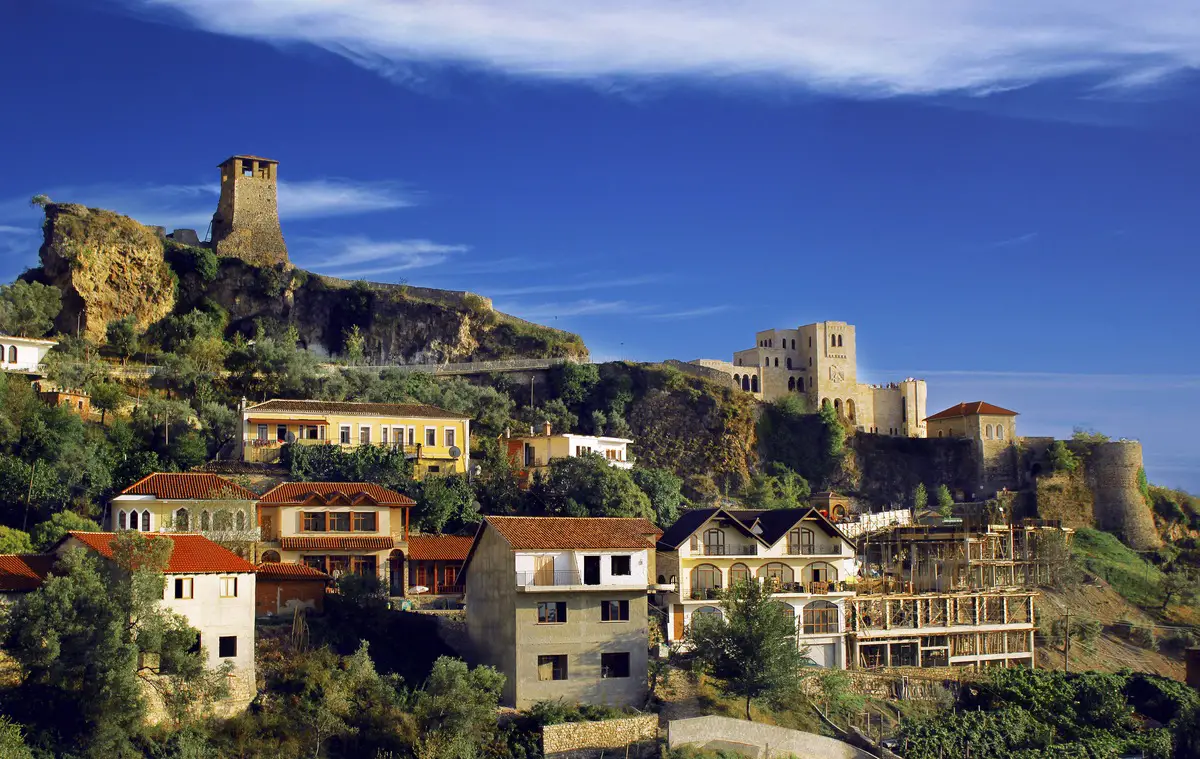
Ardenica Monastery
Fier
This important monastery was built in 1282. Contains the Church of Saint Mary with valuable frescoes from 1744.
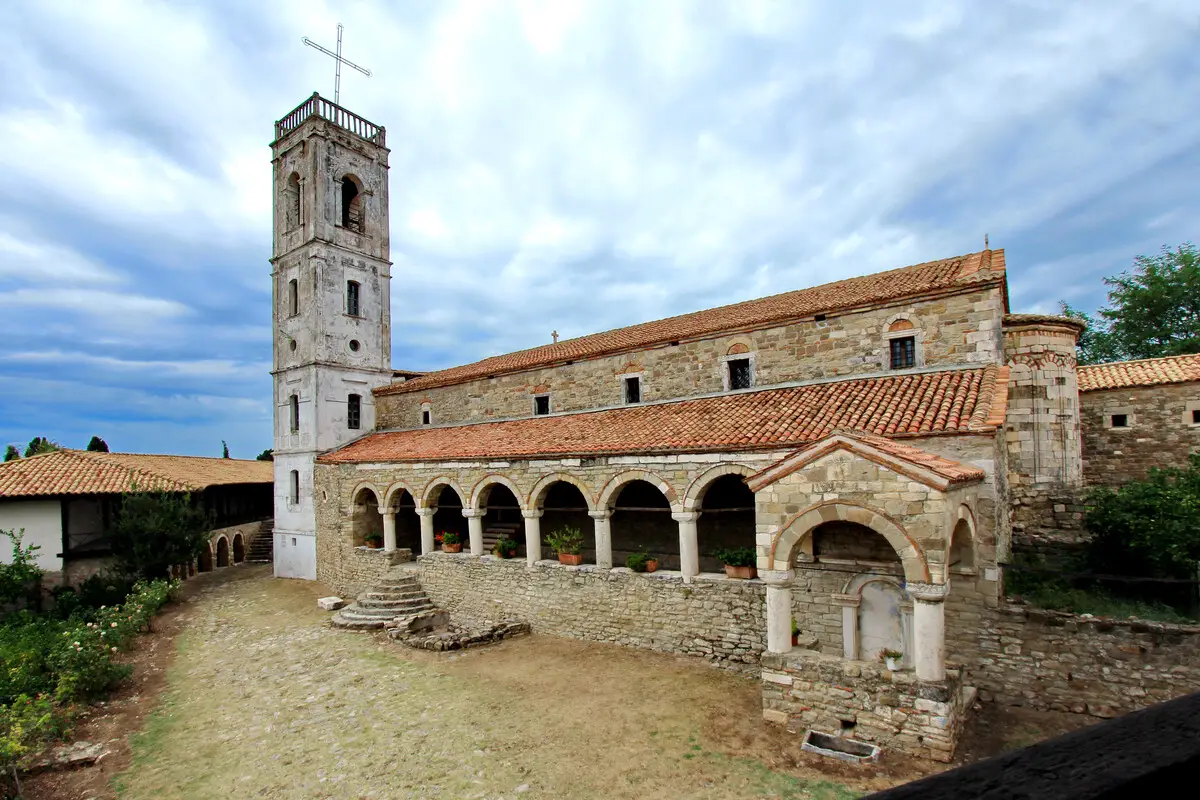
St. Mary’s Church, Maligrad
Korçë
Orthodox cave church on an island in the picturesque Prespa Lake. Contains frescoes and Greek inscriptions from 1369.
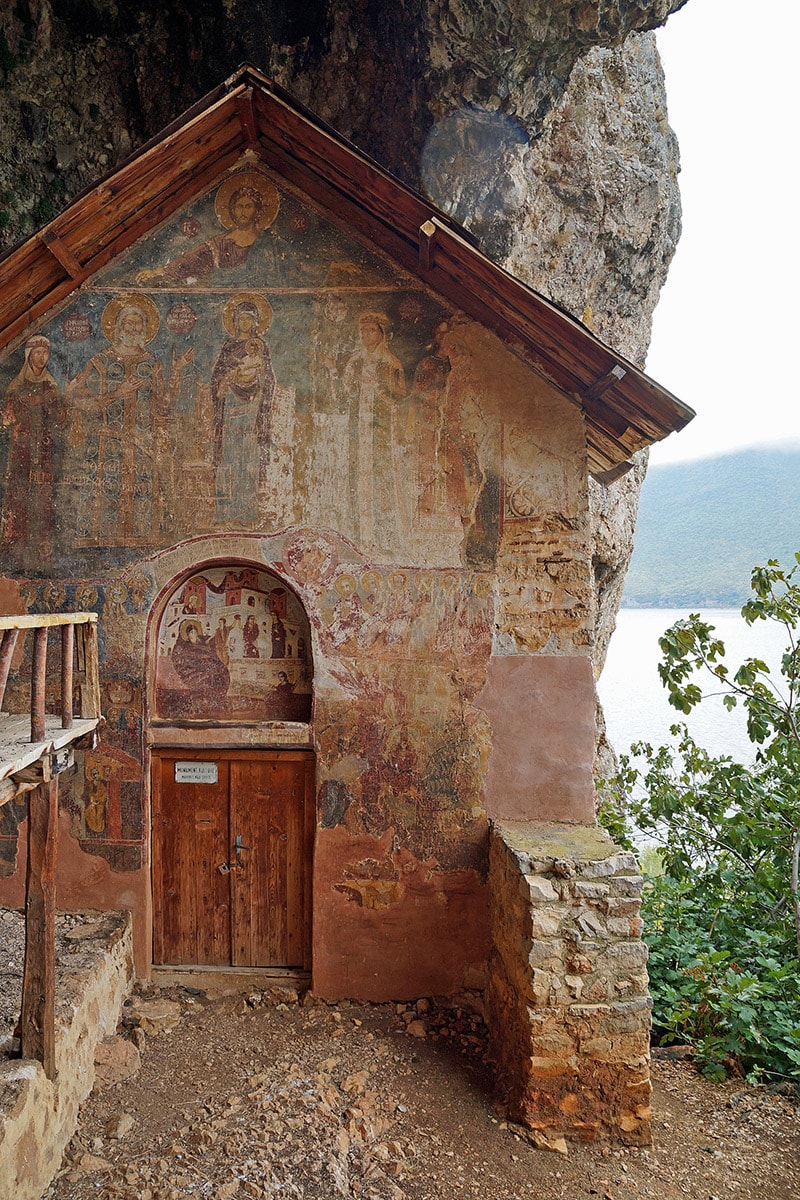
Berat Castle
Berat
A massive fortress built on a high mountain above the historical town of Berat. The first structures here were built more than 2,200 years ago but most of the current constructions are from the 13th century. Inside the fortress have been preserved valuable medieval buildings including a group of churches.
Old City of Gjirokastër
Gjirokastër
Well-preserved historical Ottoman town. Most of the buildings in the town were built in the 17th and 18th centuries. Most of the buildings are massive, up to 5 floors high.
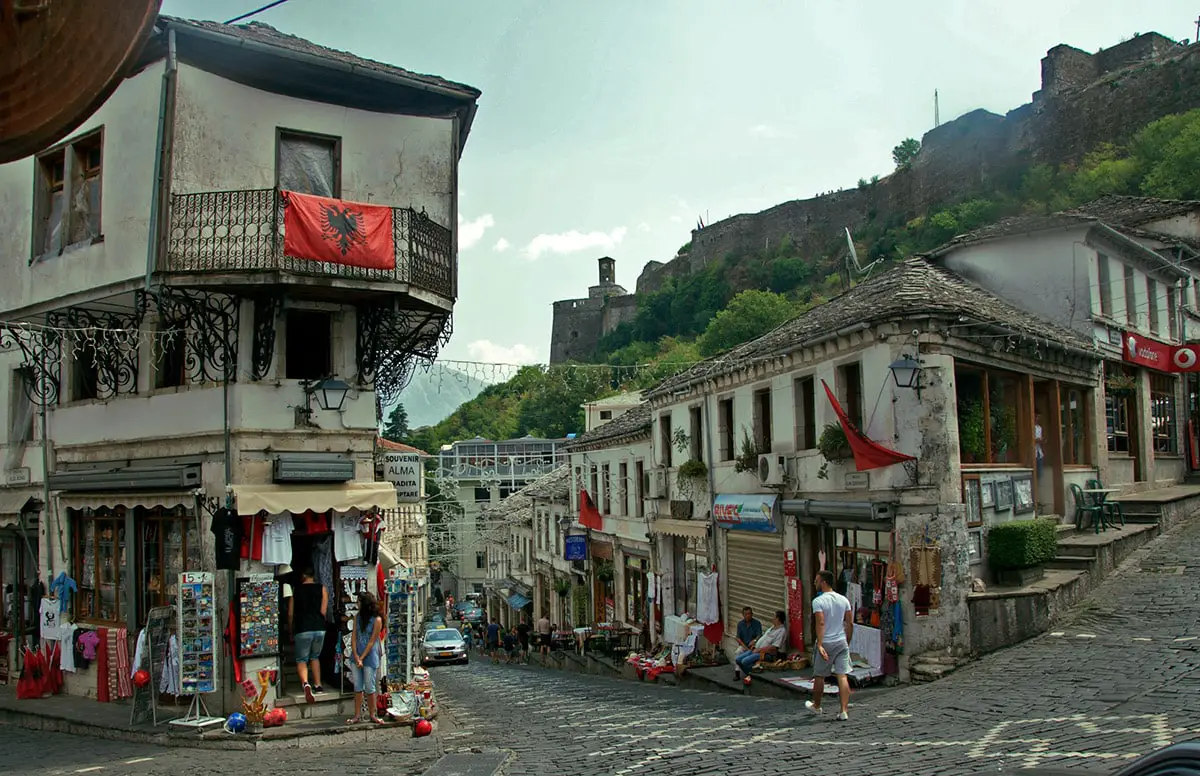
St. Nicholas Church in Moscopole
Korçë
Orthodox church with beautiful murals, built in 1721. There are four more such churches in this center of Aromanian culture.
Old City of Berat
Berat
Historical city in a 915 m deep river valley with numerous beautiful buildings and gorgeous mountain scenery around it.
Gjirokastër Fortress
Gjirokastër
Massive castle and citadel that was built on the mountain that towers above the historical Gjirokastër town. The fortress has been developed since the 12th century.
Zekate House
Gjirokastër
Traditional residential house in Gjirokastër, built in 1812. An impressive example of local architecture with Ottoman influence.
Porto Palermo Castle
Vlorë
Impressive, well-preserved Venetian Castle at the Adriatic Sea. Castle has a triangular shape in the plan.
Mes Bridge
Shkodër
Impressive, picturesque bridge. This bridge was built in the 18th century and is 108 m long.
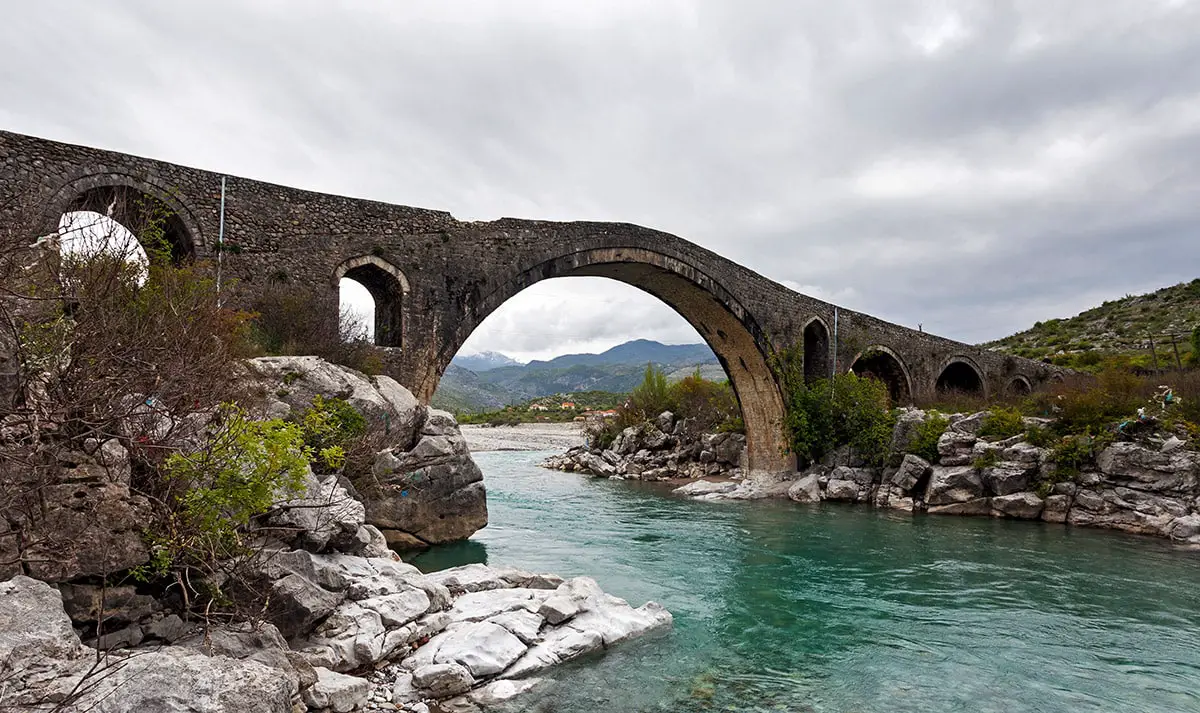
 Recommended books
Recommended books
Albania: An Archaeological Guide
Albania is one of the youngest European states and the last country to emerge from the collapse of Ottoman Turkish power at the beginning of the 20th century. Underlying Albania’s often-turbulent history is an extraordinary archaeological heritage of international significance, the evidence of which is to be found everywhere in the cities and countryside, hills and mountains. Each year, thousands of tourists visit Albania, drawn primarily to the vast archaeological site at Butrint – now almost forgotten, but viewed by historians as the Marseilles of its time as late as the Middle Ages – but also experiencing a number of the other archaeological and heritage sites which Albania has to offer, including Shkodra, Apollonia, and Berat. In addition to these sites, there are a number of lesser-known, but nonetheless exquisite sites and monuments that visitors are often unaware of.
Albania (Bradt Travel Guide)
This new, thoroughly updated sixth edition of Bradt’s Albania remains the only standalone guide to this dynamic and rapidly modernizing eastern European country, from the capital, Tirana, a lively European city, with shopping malls, cycle paths, museums, galleries, and historic buildings, to remote outposts where traditional ways of life prevail. Updated by expert author Gillian Gloyer, it includes all developments since the last edition, reflecting changes such as continued investment in the road network and construction of fast highways connecting main cities, improved hotel provision, and new museums dedicated to Albania’s communist history.

